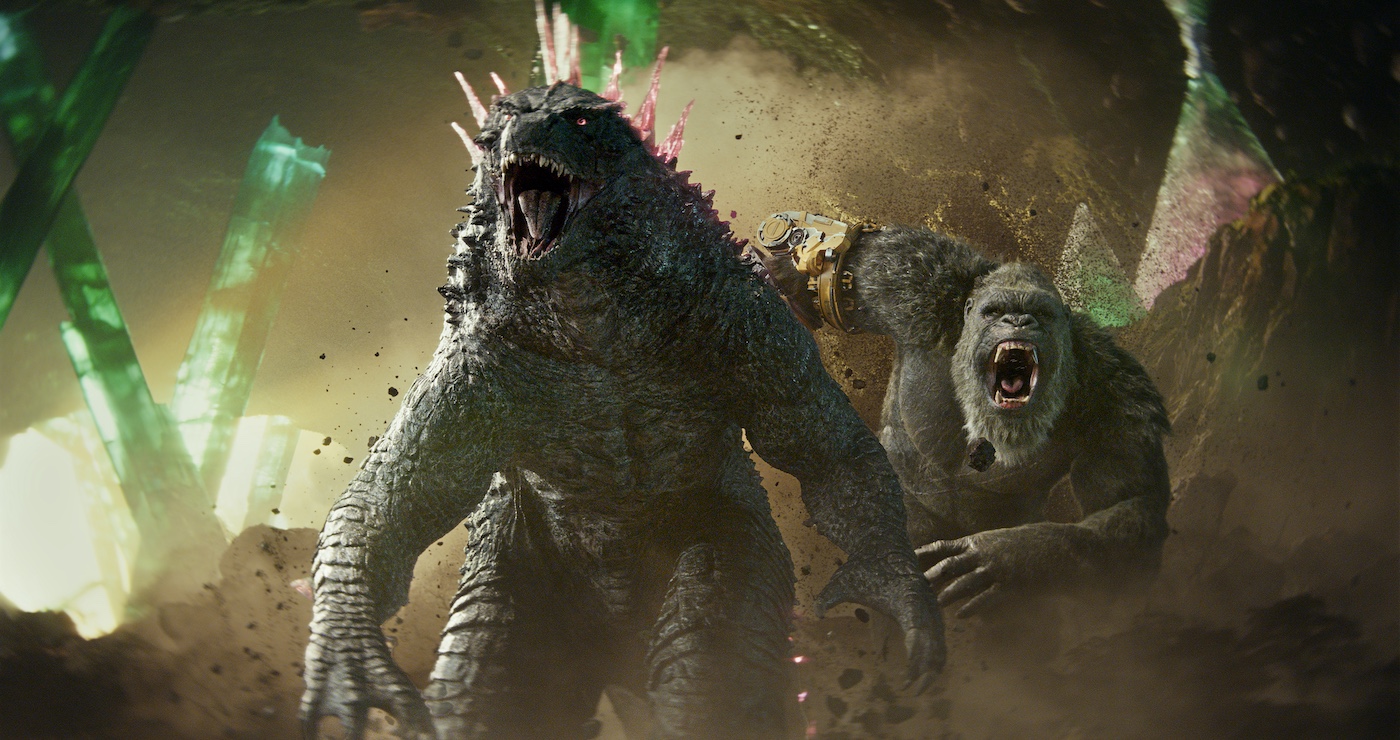
Godzilla x Kong: The New Empire is a vision as large and in charge as its two titular characters. In this MonsterVerse sequel, director Adam Wingard and cinematographer Ben Seresin (Pain & Gain) not only doubled down but quadrupled down on the robust vibrancy of Godzilla v Kong. It’s a pure crowd-pleasing aesthetic, which, for Seresin, is about far more than presenting the cleanest or prettiest sights or the most bombastic Titan takedown.
For the hit sequel, Wingard and Seresin wanted a smidge of messiness to render Kong’s home, Hollow Earth, a familiar yet fantastical sight. Friendly faces from Godzilla vs Kong show up, such as Dr. Ilene Andrews (Rebecca Hall), her adopted daughter Jia (Kaylee Hottle), and Bernie Hayes (Brian Tyree Henry), along with newcomer Trapper (Dan Stevens), who all leave Earth and journey to Kong’s world. For this quest into the barely known, Seresin utilized new Panavision lenses with a bit of edge to them.
We spoke with Seresin about how he embedded beautiful, technical flaws in Godzilla x Kong: The New Empire to communicate authentically to audiences and a whole lot more.
Godzilla x Kong: The New Empire is such a candy-colored blockbuster. Which colors did you and Adam want to emphasize?
We didn’t really choose a particular color or color range. What Adam was keen to pursue was a very saturated, heightened reality of color, which served two purposes. It was to bring a totally different aesthetic to the range of environments, but it also opened up an opportunity to add a layer to Hollow Earth to take you to another dimension. The premise was to do something that was saturated and rich.
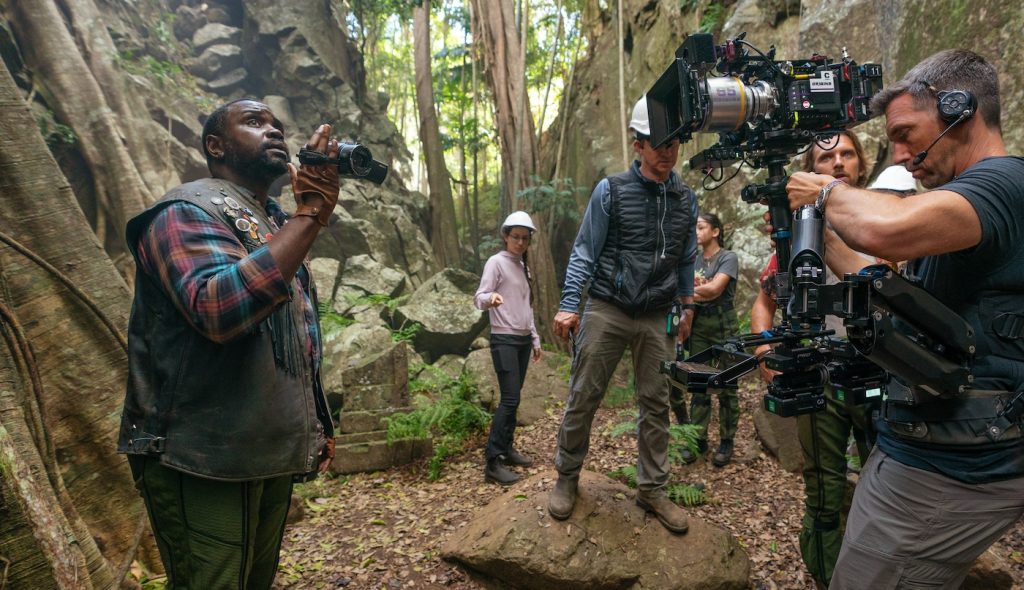
For Hollow Earth, how did you want to create a heightened but also tangible environment for audiences?
Once we realized we were going down this route of an almost surreal color range, then the challenge was, how do we make it accessible and keep the audience in the space of, let’s say, recognition of an environment that they could relate to? The danger is that it’s a location that’s pure fantasy, and you could lose the audience when you apply a heightened palette that creates an animated feel. So we were riding a fine line between what’s almost too much but is also tangible. It took us to a space of wanting to bring a sort of grittiness to the film.
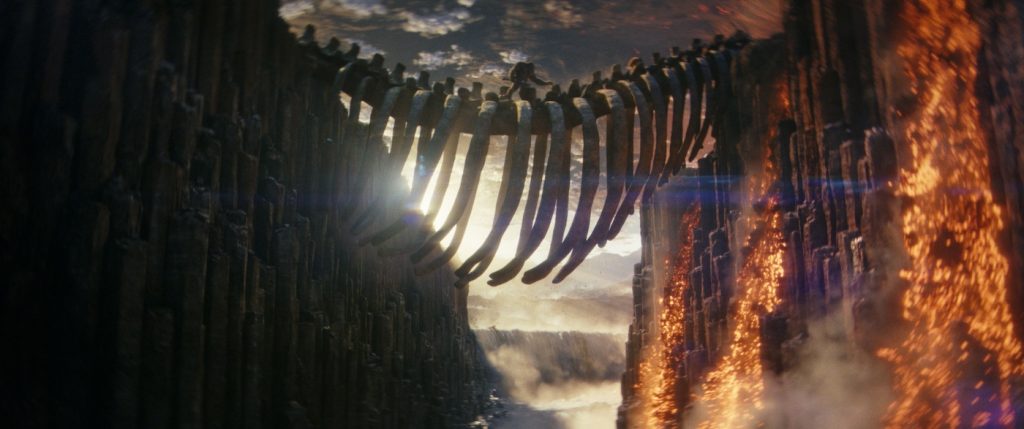
You’ve previously worked with Tony Scott and Michael Bay, both of whom played a large role in shaping the modern blockbuster experience. What about this scale speaks to you as a cinematographer?
It might surprise you to hear, but my natural inclination and background is low-key, moody, darker films. I feel more comfortable in that world than anything else, and in a way, it’s an exciting challenge to go into these zones where you’re out of your comfort zone. I guess the most interesting work a person can do is when they’re pushed to somewhere unfamiliar. Not always, but it’s certainly the most interesting journey. The internal conflict is difficult to navigate, but it makes me have to access a space of visualization that is sometimes inaccessible. To your point, Michael Bay was definitely a master at creating that aesthetic, and it’s a language to communicate to the audience.
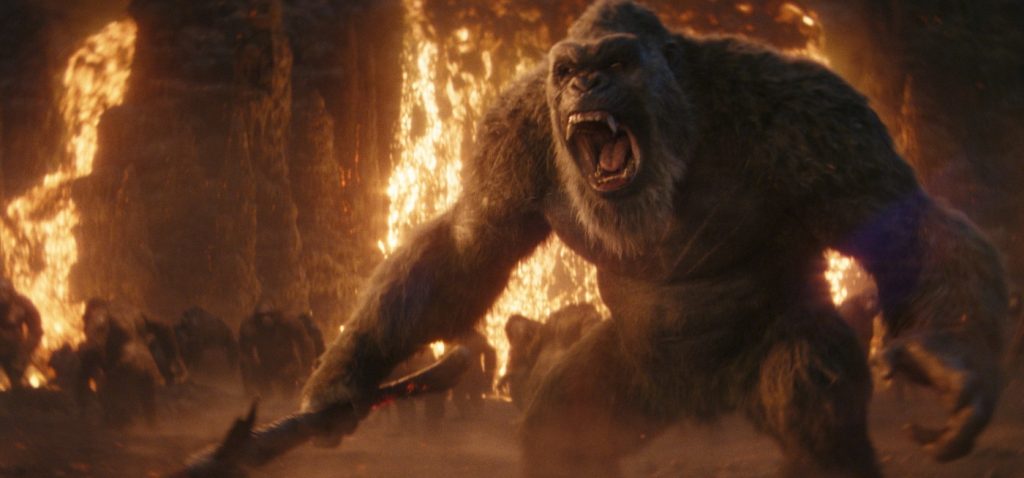
What about your taste for low-key, moody films do you want to bring to Godzilla x Kong: The New Empire?
The nature of effective storytelling is to immerse the audience, bring the audience into the film, into the visual journey. There’s no distance between where they are and their experience of the movie. If you’re an audience that is in it and not standing back observing it, you’ve succeeded. It really transcends genres and approaches. As filmmakers, it’s not really about skills from action movies or drama or comedy. The key rule is to understand that you are communicating truthfully in whatever way you’re telling a story. Whether you are shooting 600-foot monsters or an intimate scene in a love story, you are really doing the same thing.
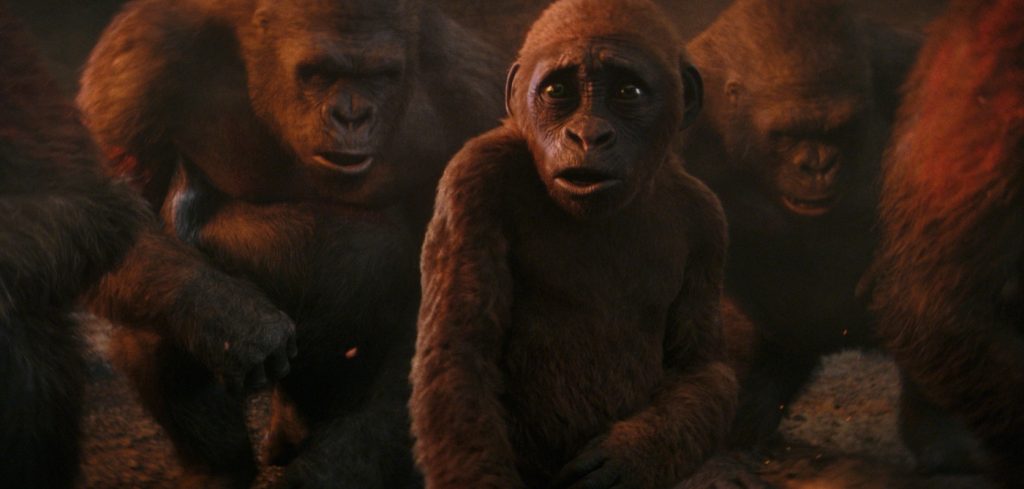
What were some techniques you really wanted to immerse the audience into Kong’s point-of-view?
We did everything we could just to go, “This happened, and there were some guys with a couple of cameras, and they just filmed this sh*t. Look, there’s people, there’s monsters, there’s debris, there’s emotion, there’s humor, there’s all this sort of stuff.” If we achieve the feeling that I was there, that’s success.
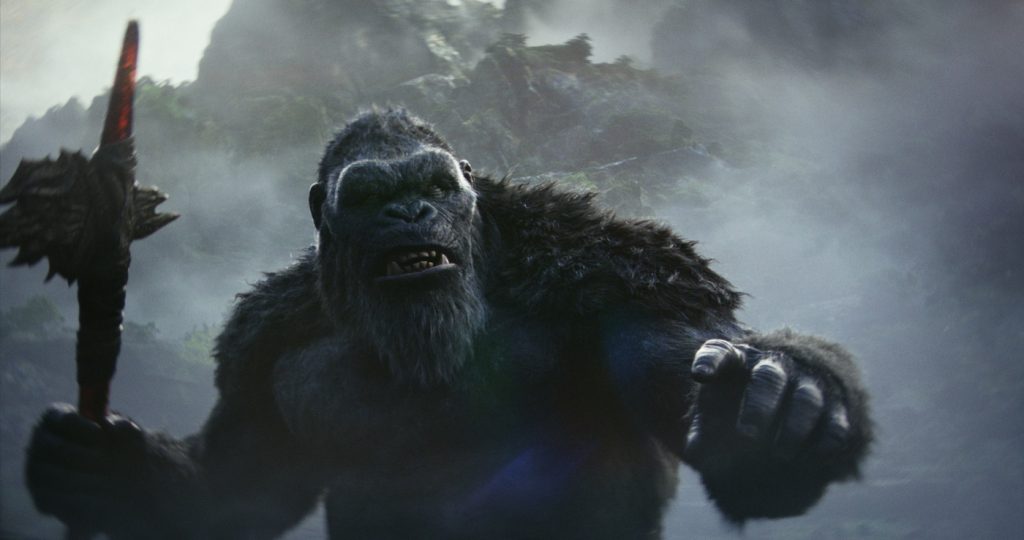
How do you achieve that effect with the VFX houses and supervisors? What qualities do you want in the light and the motion to sell that feeling audiences are right there with Godzilla and Kong?
In keeping with what I was saying earlier, we decided on a sort of gritty aesthetic for this film, and to support that, I built with Dan Sasaki (Panavision) some bespoke anamorphic lenses. Dan is a legend and a master of lens building. We furthered an idea that we’d had a few movies back based on a particular set of vintage lenses, which Dan adapted for our live-action cinematography. As we were immersed in this process, I said to Dan, “Here’s what my concern is…what happens in a lot of these films, especially when there’s a big CG component, you have this one look for the live-action, and then you go to the big visual effects shots, and they have a different aesthetic. Not to mention there might be three, four, or five different vendors all making different scenes.” It’s a bit like having three, four, or five different cinematographers and or directors on the same movie.
How do you avoid that problem?
I asked Dan how we keep a consistent visualization on the film, and we came up with the idea and went to Alessandro Ongaro, our visual effects supervisor, and said, “We’re doing this look on the live-action, so we’re starting with this. We’re going to have to get you guys onboard because there’s a certain amount of deconstruction with the imagery that we’re going to have to engineer into the visual effects.” We started an exploration and shot tests. Dan then took the lens prescriptions to the visual effects guys and said, “These are the messed up lenses we’re using. Work out a way to apply that to the CG work.” Alessandro got on board with it and loved this sort of messed up, chromatic aberrations and fringing and selectively defocusing, all this messy stuff.
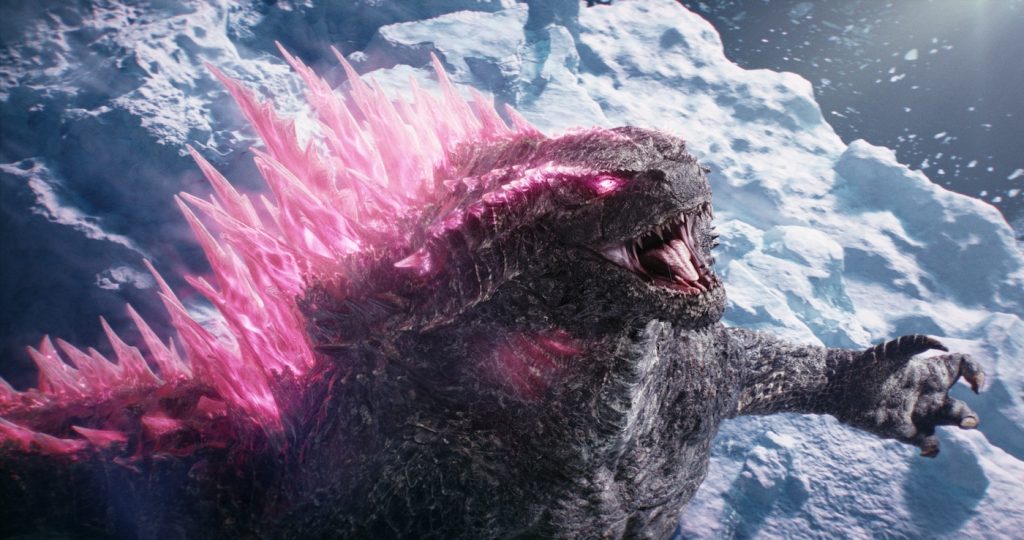
You described making movies as a conversation. As a cinematographer, how do you think the conversation between these kinds of films and audiences has evolved over the years?
I am just so happy that the audience is more and more rejecting artifice. We go through these periods where a certain sort of genre will appeal very broadly to audiences, and it’s a cycle that takes us somewhere else. I hope I’m not being overly optimistic, but audiences, and many of the younger audiences, are starting to move a little further away from artifice. It has been happening for a bit, from this sort of superhero-type film to something that feels authentic. Truthful in the sense of as outlandish as the movies can be, we just buy this is a world. It’s real, it’s honest, and it’s full of reflection and inner thought.
Godzilla x Kong: The New Empire is in theaters now.
This article was first published on The Credits